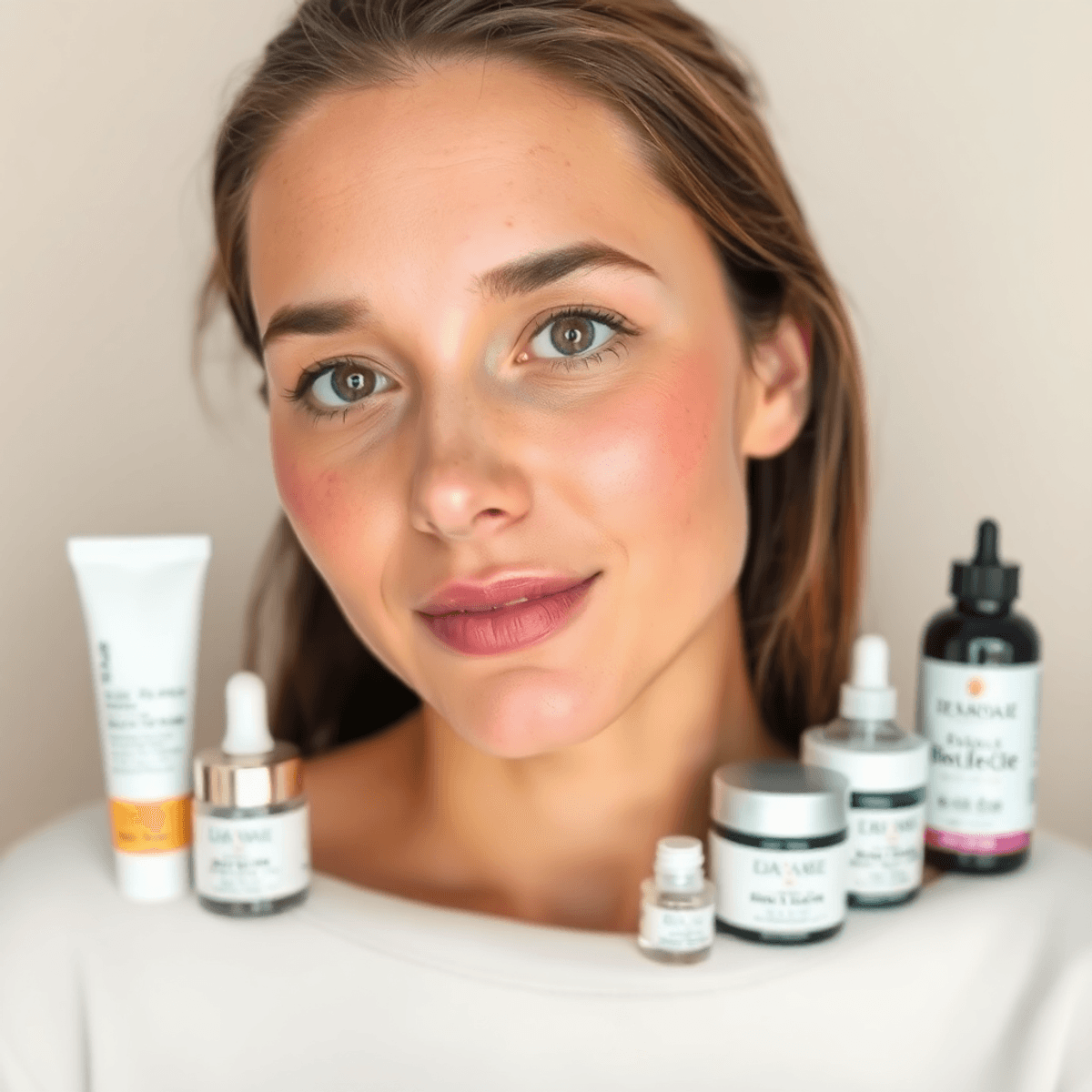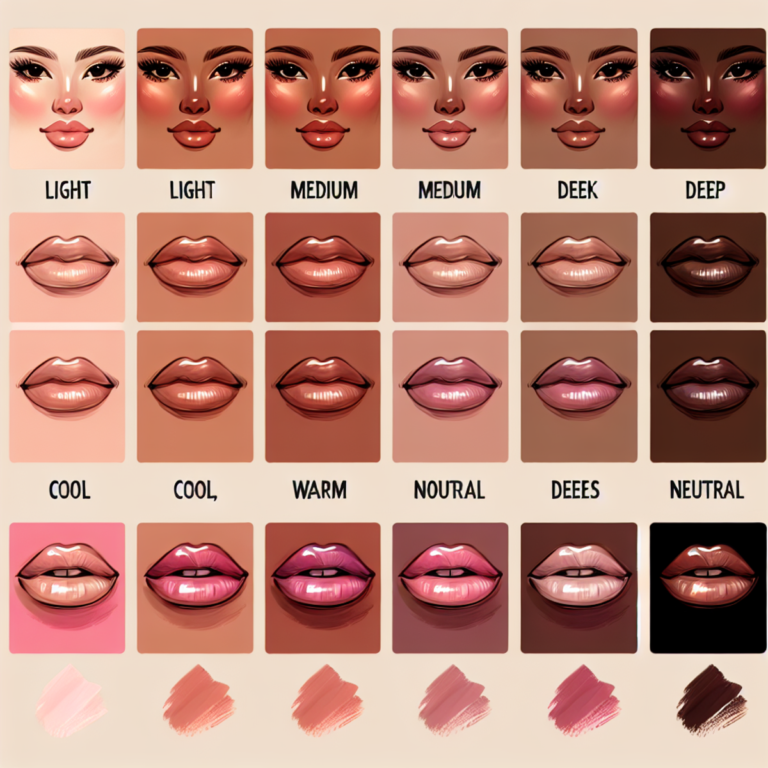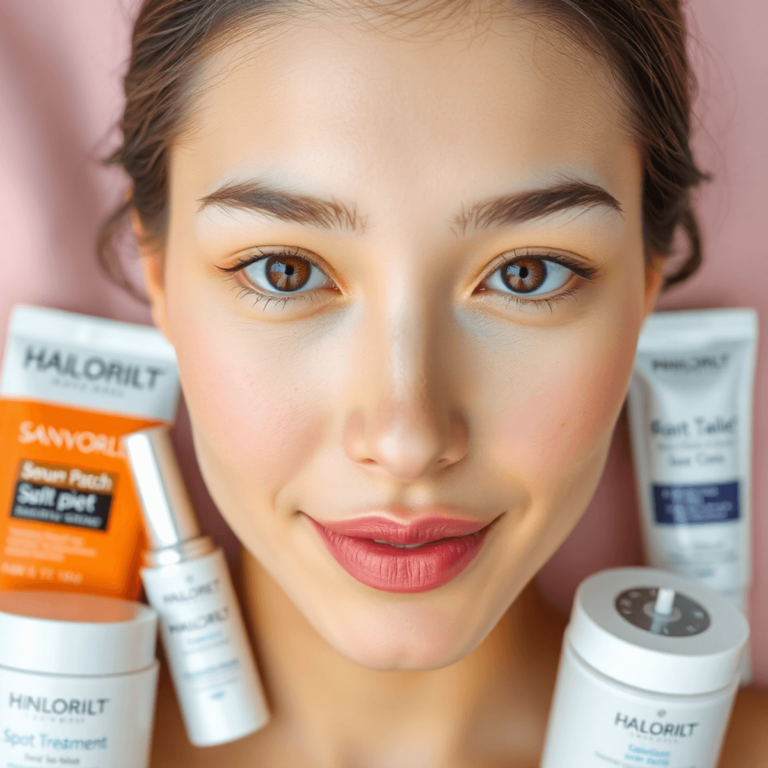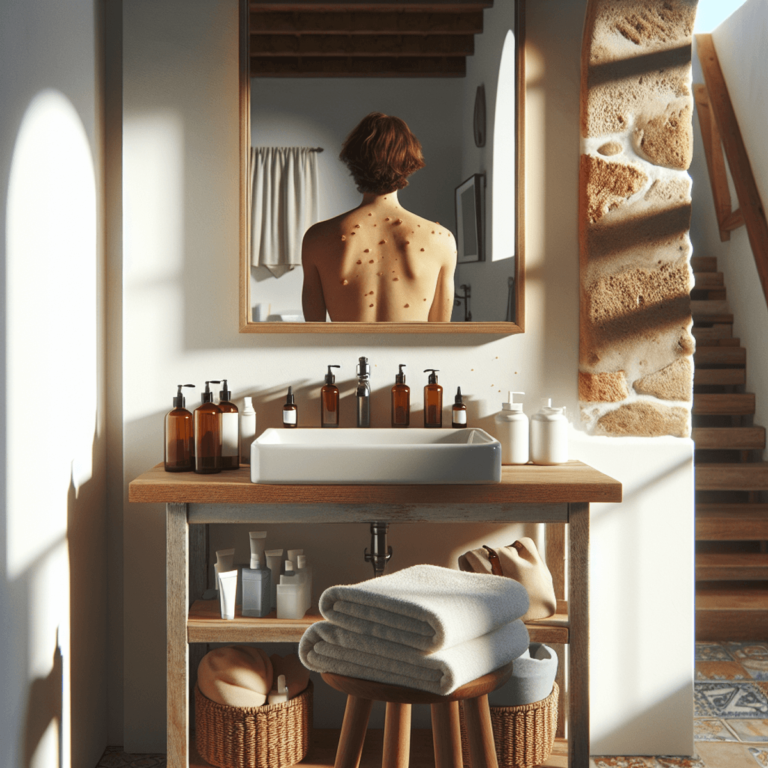How do you get rid of zits

Introduction
Dealing with zits can feel like an endless battle. You’re not alone – millions face this common skin concern daily, whether it’s facial acne, body spots, or those frustrating pimples that appear in unexpected places.
This guide walks you through proven methods to banish those unwanted spots, including:
- Fast-acting spot treatments using ingredients like benzoyl peroxide and salicylic acid
- Natural remedies you can try at home
- Professional solutions for stubborn cases
- Prevention strategies to stop zits before they start
You’ll discover why certain treatments work better than others, learn proper application techniques, and understand when it’s time to seek professional help. From pesky facial spots to body acne, we’ve got you covered with practical solutions that actually work.
Ready to take control of your skin? Let’s dive into understanding what causes these troublesome spots and how you can effectively treat them.
Understanding Zits and Pimples
Zits and pimples are small, inflamed spots that develop when your skin’s oil glands become clogged with dead skin cells, bacteria, and sebum (natural skin oil). These blemishes can appear anywhere on your body, from your face to your back and even your buttocks.
Types of Acne Lesions:
- Whiteheads: Closed, clogged pores
- Blackheads: Open, clogged pores exposed to air
- Papules: Small, red, tender bumps
- Pustules: Pimples with pus at their tips
- Nodules: Large, painful bumps deep under the skin
- Cysts: Deep, pus-filled, painful bumps
Common Causes of Breakouts:
1. Hormonal Changes
Hormonal changes can trigger acne breakouts. Factors such as puberty, menstrual cycles, pregnancy, birth control changes, and medical conditions like polycystic ovary syndrome (PCOS) can lead to fluctuations in hormone levels, resulting in increased oil production and clogged pores.
2. Dietary Factors
Certain foods may contribute to acne development. High-glycemic foods (such as white bread and sugary snacks), dairy products, processed foods, chocolate, and greasy foods have been associated with an increased risk of breakouts in some individuals.
3. Lifestyle Elements
Your lifestyle choices can also impact your skin health. Excessive sweating, wearing tight clothing that traps sweat and bacteria against the skin, poor sleep habits (which can affect hormone regulation), and frequently touching your face (transferring dirt and oils) can all contribute to acne formation.
4. Environmental Triggers
Environmental factors such as high humidity levels (which can promote bacterial growth), pollution (which can clog pores), heavy skincare products (that may not suit your skin type), and certain medications (like corticosteroids) can trigger or worsen acne.
5. Stress Impact
During stressful periods, your body produces extra cortisol – a hormone that can lead to increased oil production, inflammation, slower healing of existing blemishes, and compromise the skin barrier function. This combination of factors creates an environment conducive to acne development.
Genetic Factors
Your genetic makeup plays a role in determining your susceptibility to acne. Factors influenced by genetics include:
- Skin type: Oily skin is more prone to breakouts.
- Pore size: Larger pores may be more prone to clogging.
- Inflammatory response: Some individuals have a more exaggerated inflammatory response to acne-causing bacteria.
- Hormone sensitivity: Genetic variations can affect how your body responds to hormones.
Understanding these root causes helps you target treatments effectively. Different types of acne require different approaches – what works for facial acne might not be effective for body acne.
Topical Treatments for Zits
Topical treatments are your first line of defense against stubborn zits. These over-the-counter solutions target acne-causing bacteria, reduce inflammation, and help prevent future breakouts.
1. Benzoyl Peroxide
Benzoyl peroxide is a powerful antimicrobial agent that fights acne at its source. This treatment goes deep into your pores to eliminate bacteria and excess oil.
Available Concentrations:
- 2.5% – Ideal for sensitive skin and beginners
- 5% – Standard strength for moderate acne
- 10% – Maximum strength for severe cases
Application Guidelines:
- Start with a lower concentration
- Apply a thin layer to clean, dry skin
- Use once daily, gradually increasing to twice daily
- Wait 2-3 minutes before applying moisturizer
- Protect your skin with SPF during daytime use
Pro Tips for Maximum Effectiveness:
- Patch test on a small area for 24 hours
- Use white towels and pillowcases (benzoyl peroxide can bleach fabrics)
- Apply at night to prevent sun sensitivity
- Combine with a gentle, non-comedogenic moisturizer
Expected Results Timeline:
- Immediate effects: Reduced inflammation within 48 hours
- Short-term: Visible improvement in 2-3 weeks
- Long-term: Significant clearing in 8-12 weeks
Common Side Effects:
- Dryness
- Mild peeling
- Temporary redness
- Slight stinging sensation
Usage Tips for Different Types of Acne:
- Whiteheads and Blackheads: Use lower concentrations
- Inflammatory Acne: Medium strength works best
- Cystic Acne: Higher concentrations might be necessary
- Back Acne: Choose wash-off formulas
Remember to introduce benzoyl peroxide gradually into your skincare routine. Your skin needs time to adjust to this active ingredient. If irritation occurs, reduce application frequency or switch to a lower concentration.
2. Salicylic Acid
Salicylic acid is a powerful beta-hydroxy acid (BHA) that penetrates deep into your pores to dissolve excess oil and dead skin cells. This ingredient works by breaking down the bonds between dead skin cells, allowing them to shed naturally and prevent future blockages.
Benefits for Acne-Prone Skin:
- Dissolves blackheads and whiteheads
- Reduces inflammation and redness
- Controls excess oil production
- Prevents future breakouts
- Gentle exfoliation without irritation
Available Forms:
- Cleansers (0.5-2%): Daily use for all-over treatment
- Toners: Post-cleansing treatment
- Spot treatments (2%): Targeted application
- Serums: Concentrated formulas
- Moisturizers: Combined with hydrating ingredients
Application Tips:
- Start with a lower concentration (0.5-1%) to test skin sensitivity
- Apply to clean, dry skin
- Use spot treatments directly on blemishes
- Wait 30 seconds before applying other products
- Always use sunscreen during daytime use
For best results, apply salicylic acid products once daily, increasing to twice daily if your skin tolerates it well. People with dry or sensitive skin should limit use to 2-3 times per week. The ingredient can cause mild dryness – pair it with a non-comedogenic moisturizer to maintain skin balance.
3. Tea Tree Oil
Tea tree oil is a powerful natural alternative to synthetic acne treatments. This essential oil, derived from the Australian Melaleuca alternifolia tree, contains natural compounds called terpenes that are effective against P. acnes – the bacteria responsible for acne.
Proper Application Method:
- Dilute tea tree oil with a carrier oil (1 part tea tree oil to 9 parts carrier oil)
- Use jojoba or coconut oil as your carrier
- Apply the mixture directly to zits using a clean cotton swab
- Use twice daily after cleansing
Safety First:
- Never apply undiluted tea tree oil directly to your skin
- Store in a dark bottle away from direct sunlight
- Keep the oil away from eyes and mouth
- Stop use if irritation occurs
Patch Testing Guide:
- Mix your diluted solution
- Apply a small amount to your inner forearm
- Cover with a bandage
- Wait 24 hours
- Check for any adverse reactions like:
- Redness
- Itching
- Burning
- Swelling
Research shows tea tree oil can reduce inflammatory acne lesions at a 5% concentration. You’ll notice reduced redness and inflammation within a few days of consistent use. The antimicrobial properties help prevent new breakouts while treating existing ones.
Home Remedies for Quick Relief from Zits
Looking for fast, budget-friendly solutions to tackle those stubborn zits? Your kitchen and medicine cabinet hold powerful remedies that can provide quick relief from acne breakouts.
Ice Application
Ice therapy stands out as one of the most effective home treatments for immediate zit relief. This simple yet powerful method works by:
- Reducing inflammation – Cold temperatures constrict blood vessels, minimizing redness and swelling
- Numbing nerve endings – Provides temporary pain relief from tender spots
- Shrinking pore size – Helps minimize the appearance of enlarged pores
- Decreasing oil production – Cold temperatures can slow down sebum production
Proper Ice Application Method:
- Wrap an ice cube in a clean, thin cloth or paper towel
- Apply to the affected area for 1-2 minutes
- Remove for 5 minutes to allow skin to warm up
- Repeat up to 3 times per session
- Use this method 2-3 times daily for best results
Important Safety Tips:
- Never apply ice directly to your skin
- Limit application time to prevent skin damage
- Stop immediately if you experience discomfort
- Don’t use on broken skin or open wounds
This method works particularly well for inflammatory acne, including painful cysts and nodules. You’ll notice reduced swelling within minutes of application, making it perfect for emergency spot treatment before important events.
2. Crushed Aspirin Paste
Aspirin’s active ingredient, [acetylsalicylic acid](https://www.ncbi.nlm.nih.gov/books/NBK519032/), shares properties with salicylic acid – a proven acne-fighting ingredient. Creating an aspirin paste offers a quick DIY solution for pesky zits.
How to Create the Paste:
- Crush 1-2 uncoated aspirin tablets into a fine powder
- Add 2-3 drops of water to create a paste-like consistency
- Mix until smooth
Application Tips:
- Apply directly to the affected area using a clean cotton swab
- Leave on for 10-15 minutes
- Rinse with lukewarm water
- Use once daily before bedtime
The paste works by reducing inflammation and redness while helping to dry out the pimple. You’ll notice a reduction in size within 24 hours. Some users report additional benefits like decreased pain and swelling.
Caution: Perform a patch test before full application. If you experience irritation, discontinue use immediately. People with aspirin allergies or sensitive skin should avoid this treatment method.
Professional Treatments for Severe Cases of Zits
Persistent, severe acne cases require professional intervention. Dermatologists offer specialized treatments designed to tackle stubborn zits that resist over-the-counter solutions.
Cortisone Injections
Cortisone injections serve as a rapid solution for large, painful cystic acne. These shots work best for:
- Deep, inflamed pimples
- Cystic acne that won’t respond to topical treatments
- Emergency situations (special events, photos)
- Painful bumps causing discomfort
The Procedure:
- Takes 5-10 minutes
- Uses a tiny needle
- Minimal discomfort
- Performed in-office
Results Timeline:
- 24-48 hours: Initial inflammation reduction
- 3-5 days: Maximum improvement
- 2-4 weeks: Effects last
Important Considerations:
- Cost ranges from $50-150 per injection
- Insurance might cover treatment
- Potential side effects include skin depression
- Limited to 3-4 treatments per year in the same area
Dermatologists recommend cortisone shots for specific types of acne:
- Nodular acne
- Deep cystic lesions
- Inflammatory acne
- Recurring breakouts in the same spot
The treatment works by delivering a concentrated dose of anti-inflammatory medication directly into the blemish. This targeted approach reduces redness, pain, and swelling faster than traditional treatments.
2. Blue Light Therapy Treatment Option by a Dermatologist
Blue light therapy offers a non-invasive solution for persistent acne. This FDA-approved treatment uses specific wavelengths of blue light to target and destroy P. acnes bacteria living deep within your skin’s pores.
Treatment Process:
- Sessions last 15-30 minutes
- Light penetrates skin without causing damage
- No pain or downtime required
- Can be combined with other treatments
Recommended Treatment Schedule:
- 2-3 sessions per week for 4-6 weeks
- Monthly maintenance sessions
- Results visible after 3-4 treatments
The treatment works by activating light-sensitive compounds within acne-causing bacteria, leading to their destruction. Your dermatologist might recommend blue light therapy if you experience:
- Moderate to severe acne
- Resistance to topical treatments
- Inability to use oral medications
- Recurring breakouts
Some patients notice reduced oil production and smaller pore size as additional benefits. Your dermatologist will create a customized treatment plan based on your skin’s needs and acne severity.
In addition to blue light therapy, there are various other treatment options available that your dermatologist might consider, such as chemical peels or laser treatments, depending on the specifics of your condition.
Preventive Measures to Avoid Zits in the First Place
Prevention is your best defense against troublesome zits. The right skincare choices can make a significant difference in maintaining clear, healthy skin.
Non-comedogenic Products
- Choose makeup labeled “non-comedogenic” or “oil-free”
- Look for water-based foundations and moisturizers
- Select powder-based products over cream formulations
Daily Skincare Habits
- Wash your face twice daily with a gentle cleanser
- Remove makeup before bed – no exceptions
- Change pillowcases weekly to prevent bacteria buildup
- Keep hair clean and away from your face
Lifestyle Adjustments
- Stay hydrated by drinking 8 glasses of water daily
- Get 7-8 hours of sleep each night
- Exercise regularly to promote healthy blood circulation
- Keep hands away from your face during the day
Diet Considerations
- Limit dairy and high-glycemic foods
- Include foods rich in zinc and omega-3 fatty acids
- Add antioxidant-rich fruits and vegetables to your diet
Remember: Your skin needs time to adjust to new products. Introduce changes gradually and maintain consistency in your skincare routine. If you notice increased breakouts from any product, discontinue use immediately.
FAQs (Frequently Asked Questions)
What are zits and pimples?
Zits and pimples are common skin conditions that occur when hair follicles become clogged with oil, dead skin cells, and bacteria. They can manifest as red, inflamed bumps on the skin and are often associated with acne.
What are the common causes of acne?
Common causes of acne include hormonal changes, dietary factors, stress, and excess oil production in the skin. These factors can lead to clogged pores and inflammation, resulting in zits and pimples.
What topical treatments are effective for treating zits?
Effective topical treatments for zits include benzoyl peroxide, salicylic acid, and tea tree oil. These ingredients help to reduce inflammation, unclog pores, and kill bacteria that contribute to acne.
How can I get rid of a pimple overnight?
To get rid of a pimple overnight, you can apply a spot treatment containing benzoyl peroxide or salicylic acid directly to the pimple. Additionally, ice application can help reduce swelling and redness.
Are there any home remedies for quick relief from zits?
Yes, some home remedies for quick relief from zits include applying ice to reduce inflammation, using crushed aspirin paste as a spot treatment, or applying tea tree oil for its antibacterial properties.
How do I prevent pimples on my buttocks?
To prevent pimples on your buttocks, maintain good hygiene by regularly cleansing the area, wearing breathable fabrics, avoiding tight clothing that traps moisture, and keeping the skin moisturized to prevent irritation.










